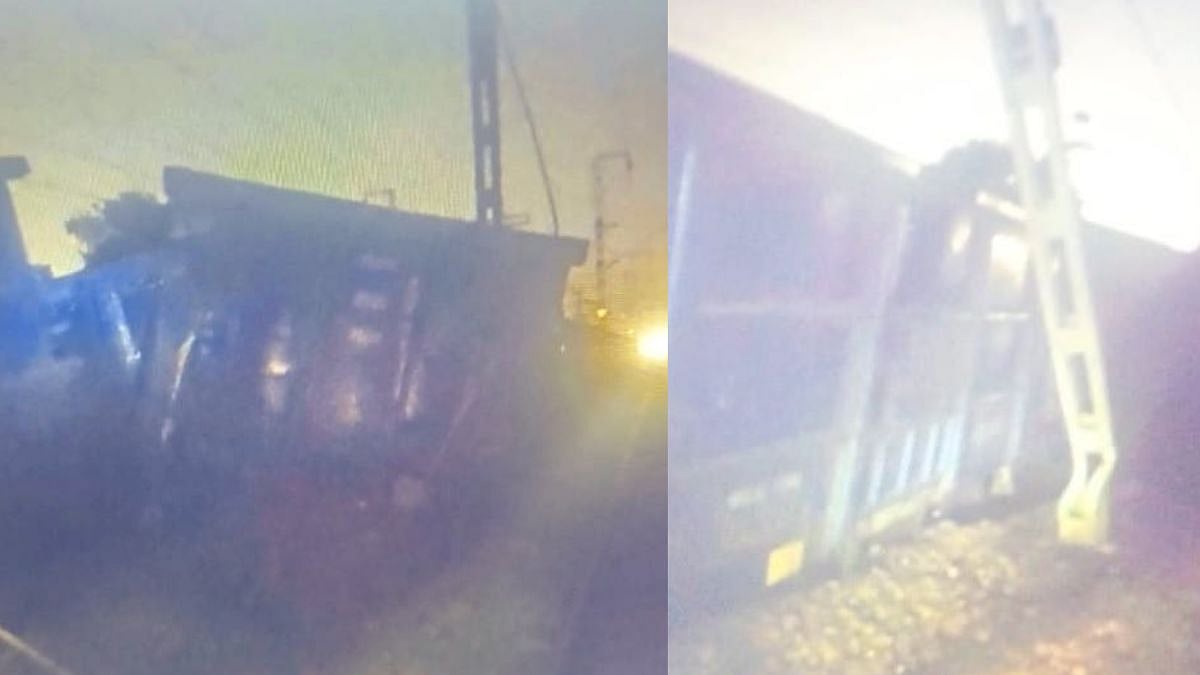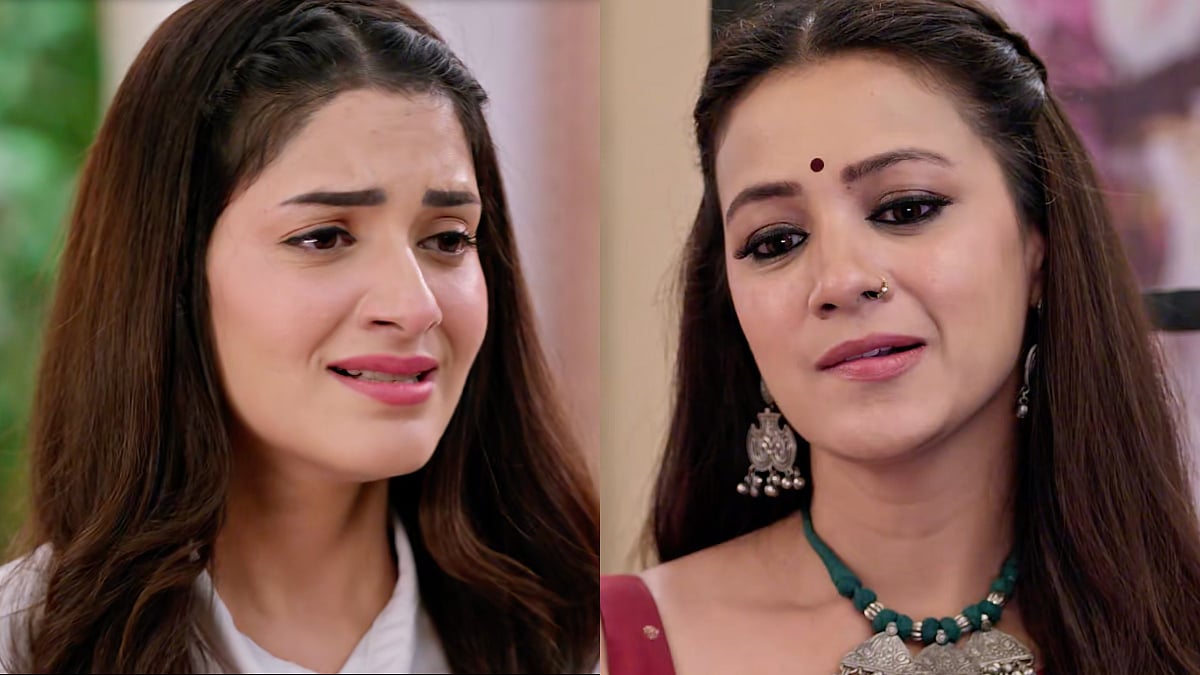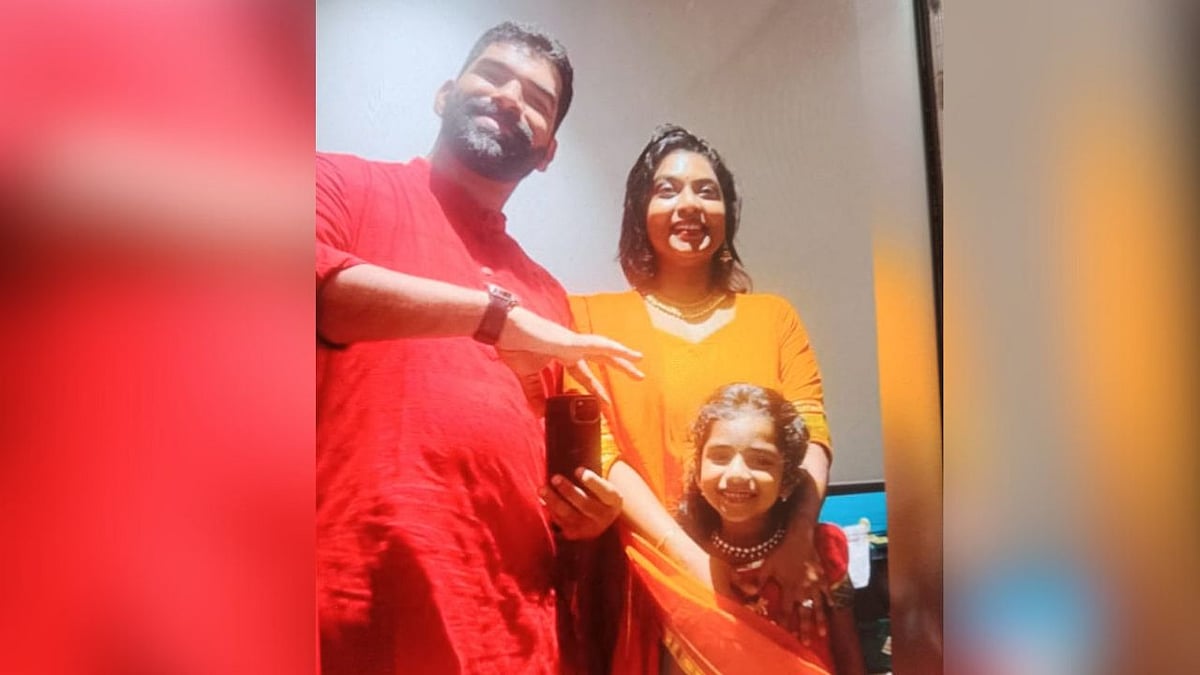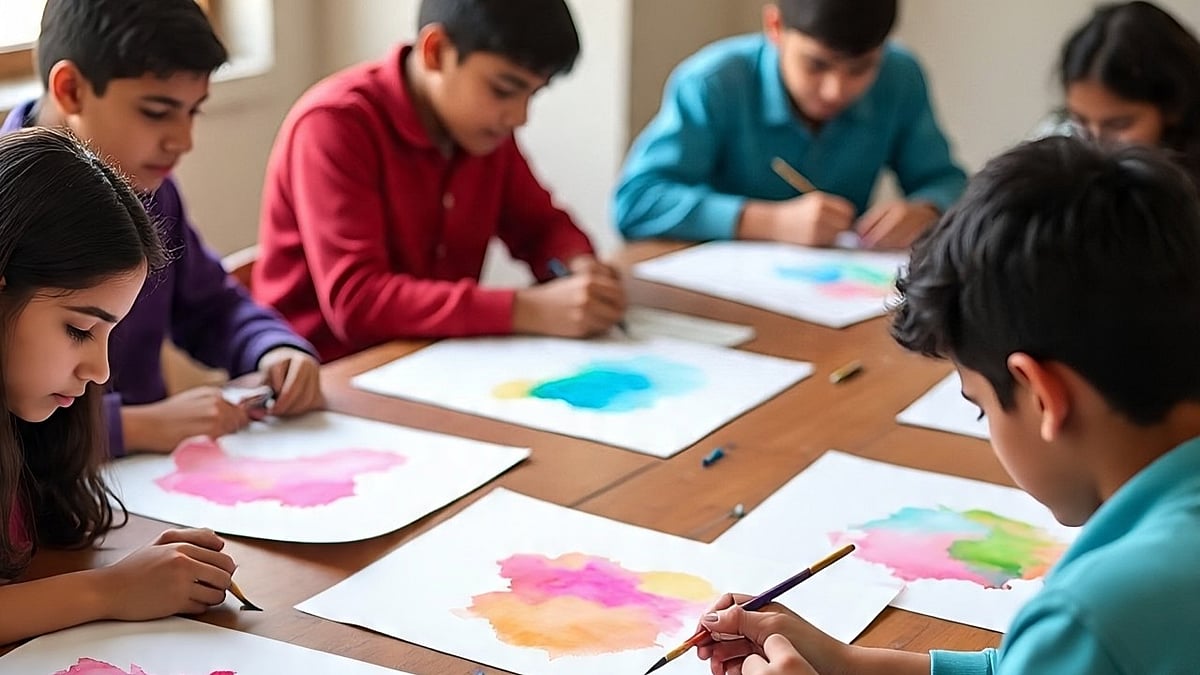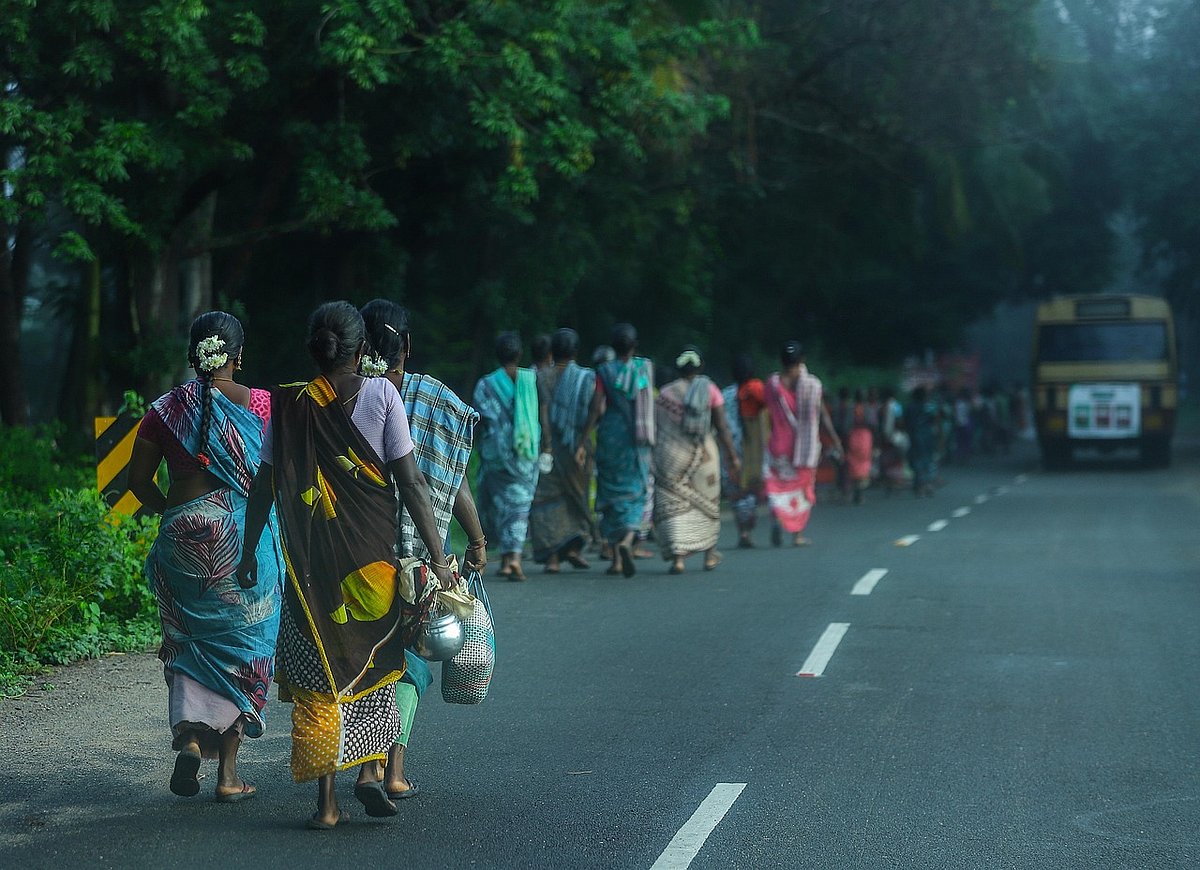Indore (Madhya Pradesh): The skies above Gautampura, a small town near Indore, once again blazed with streaks of fire as the centuries-old Hingot War was fought with full fervour on Dhok Padwa, the day after Diwali.
The traditional battle a blend of courage, faith, and raw adrenaline lasted for nearly one and a half hours, as warriors from Gautampura and Runji villages, known respectively as the Turras and Kalangis, faced off in a spectacle that has survived generations.
According to TI Arun Solanki, 44 warriors were injured in the spectacle and five of them were rushed to hospital but fortunately nobody received fatal injuries.
This year, the fiery contest ended half an hour earlier than usual, but not before both sides unleashed a storm of flaming missiles, lighting up the evening with sparks and smoke. While onlookers watched in awe, the participants dressed in traditional attire charged into the field armed not with swords or shields, but with burning Hingots (explosive fireballs) that were hurled across the battleground.
Despite its deadly appearance, the Hingot War is not fought for victory or vengeance. It is seen as a symbol of courage, devotion, and tradition, not as a fight to defeat an opponent. There are no winners or losers only men proving their bravery in a battle. For the people of Gautampura, Hingot is a sacred legacy one that connects them to their ancestors and their belief in valour.
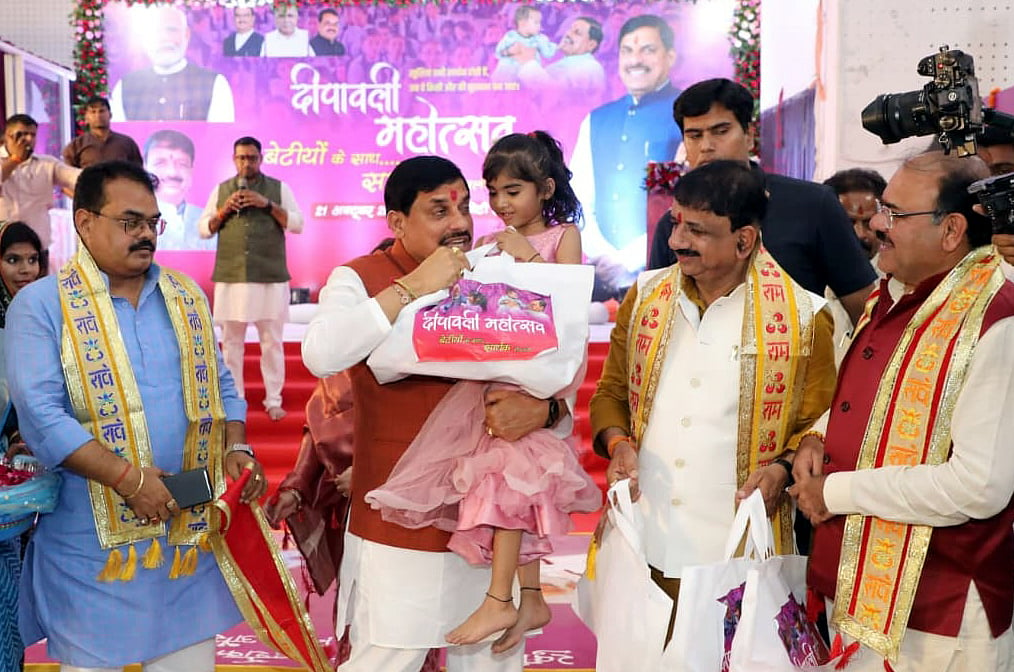
A spectacle once seen by Rajiv Gandhi
The Hingot tradition’s fame extends far beyond Madhya Pradesh. In 1984, during the Malwa Kala Utsav in Delhi, then Prime Minister Rajiv Gandhi witnessed a live performance of this unique battle. Sixteen warriors from Gautampura were specially invited to perform at the Talkatora Stadium, where they recreated the thrilling spectacle for an amazed audience.
How a Hingot becomes a fireball
A Hingot is not an ordinary fruit it is a natural weapon. Grown on the Hingoria tree, it has a tough outer shell. Once harvested, its pulp is removed and the shell is dried and hollowed.
It is then filled with gunpowder, coal, sulphur, and fine iron particles, and topped with a fuse-like stick. When lit, it turns into a blazing projectile that shoots through the air like a miniature rocket.
The tradition, believed to be over 200 years old, is said to symbolise the ancient battle between the gods (Devas) and demons (Asuras). Locals believe that participating in or witnessing the Hingot War brings blessings of courage, power, and prosperity.
Even during the British era, colonial officers tried to ban the Hingot War, calling it the “Fireball War of India.” But the people of Gautampura refused to let it die. Generations later, their descendants still gather every year faces glowing in the light of fire and faith to keep the tradition alive.


